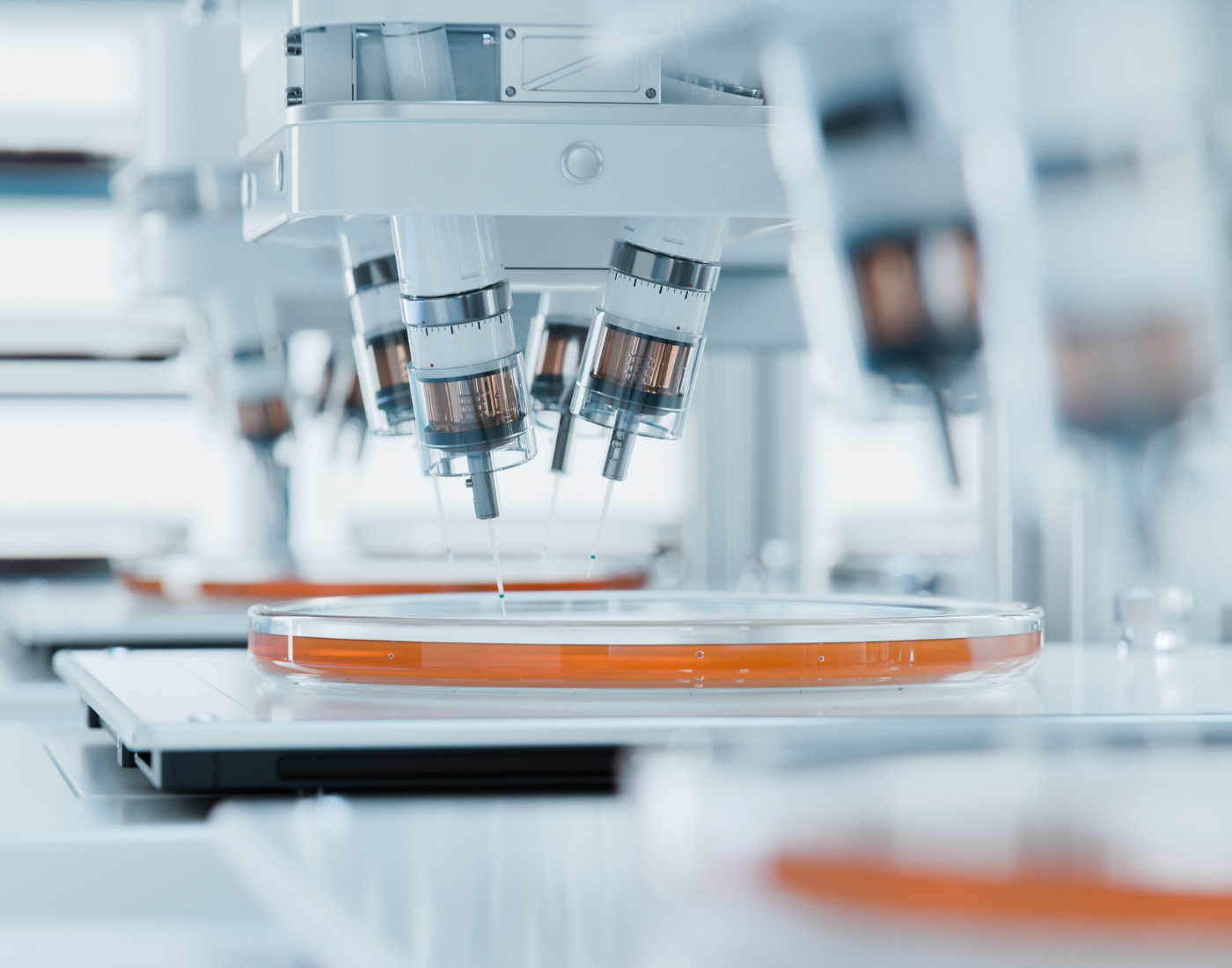We are here to make sure any new food product is safe before it goes on sale. We make regulations which food businesses must follow before this product is allowed to be put on the shelf and sold.
As cell-cultivated products are a new food, we need to assess them to know they are safe. People can then make an informed choice about whether to buy and eat them.
This is where our expert scientists and policy makers come in. Alongside the Food Standards Agency (FSA), we have been awarded £1.6 million by the Department for Science, Innovation and Technology to research how cell-cultivated products are made and make an informed assessment of their safety. This research is part of a bigger programme sometimes referred to as a ‘regulatory sandbox’; a forum for companies and academics to discuss all the details of their production under the supervision of the FSA and FSS.
This is where we will learn everything we need to know about these foods. We'll look at the risks and hazards and how to manage them and what tests companies need to do to ensure their safety. This will then help us create clear guidance for companies wishing to sell these new foods in Great Britain, including how these products should be labelled.
The programme includes monthly workshops, each one covering a certain area of production. For example, demonstrating how these products are made, how they meet safety and hygiene regulations, and how companies can run taste trials.

